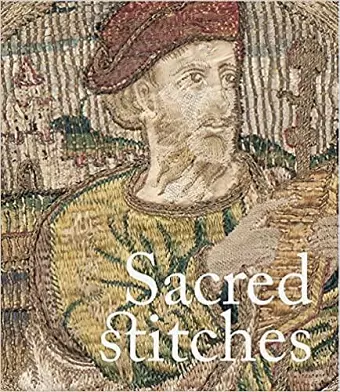Sacred Stitches
Ecclesiastical Textiles in the Rothschild Collection
Format:Paperback
Publisher:The Rothschild Foundation
Published:18th Apr '13
£15.00
Supplier delay - available to order, but may take longer than usual.

Sacred Stitches accompanies an exhibition that will assemble together for the first time fragments of opulent and unique ecclesiastical textiles drawn from the stored collections at Waddesdon Manor, the astonishing Renaissance-style château that is one of the rare survivors of the splendor of the ‘goût Rothschild’. Dating from c. 1400 to the late 1700s, the textiles were acquired by several members of the Rothschild family, the greatest collectors of the 19th century, who sought the highest quality of workmanship with a keen sense of historical importance. The textiles were prized for their technical and artistic brilliance. Parts of altar frontals, vestments and other church furnishings, they survive as fragments, cushions, banners, hangings and furniture upholstery, as their original purposes were altered to suit tastes and interior styles of the late 1800s. Baron Ferdinand de Rothschild used them in the Bachelors’ Wing at Waddesdon, the first part of the house to be completed in 1880. His sister, Alice, also had an eye for the finest ecclesiastical embroideries, displayed as decorative hangings in her own house nearby. A passionate collector of costume and textiles, Ferdinand and Alice’s niece, Baroness Edmond de Rothschild, shared their interest and added to the collection.
ISBN: 9780954731038
Dimensions: 241mm x 197mm x 8mm
Weight: 313g
80 pages